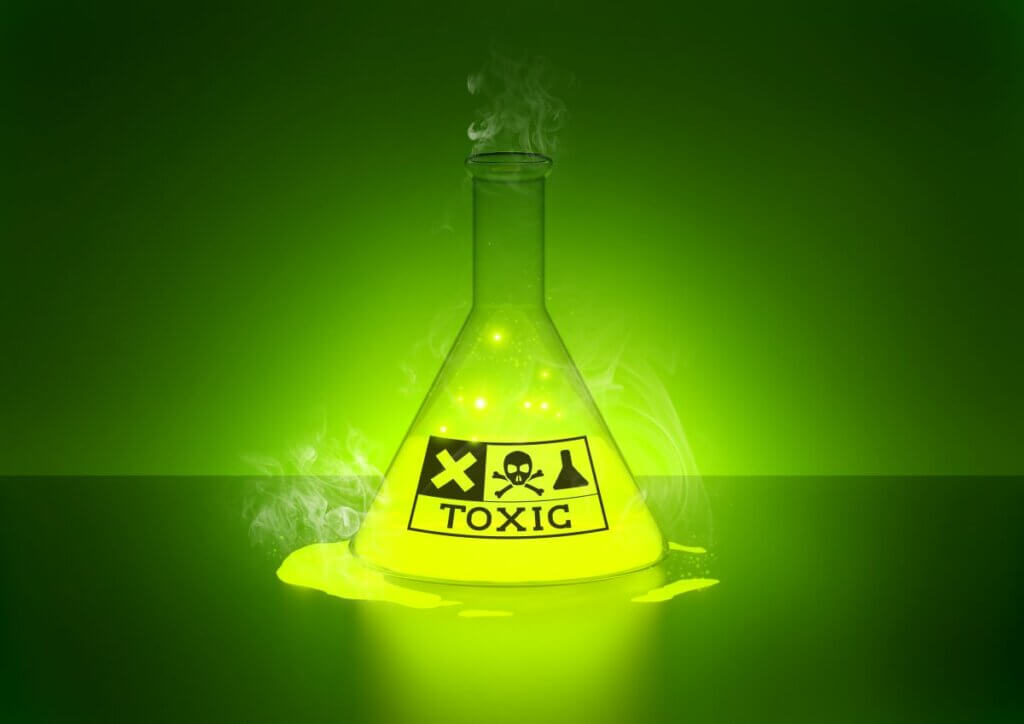
We humans love a good label and right now, the word “toxic” is having a moment. Ever since it was highlighted as Oxford Dictionary’s international word of the year, quite a few of us have been noticing – and rightly so – that certain behaviors, policies and organizational systems in the workplace aren’t healthy. Love the word, or hate it, leaders need to be aware of what’s going on with themselves, their teams and the organization as a whole so they can eradicate the creep of virulence before employees “quiet quit” – or walk away entirely.
The toxic world of work
Career site The Muse has taken note of this toxicity and commissioned a study to learn just how noxious people think their workplaces are. Unsurprisingly, it’s kind of a dumpster fire out there for many folks. Among the more depressing stats:
- 68% of female respondents said they had toxic experiences, compared to 64% of males and 59% of nonbinary respondents
- 22% of workers are actively looking to move on from their jobs
- 44% of workers cite senior leaders as the cause adverse work environment; 41% say it’s their immediate supervisor
They sum up the results in this way: as a workforce, employees are more attuned to the challenges they experience than ever before. From small aggrievements to truly harmful actions, we are all more “toxic aware.” This awareness brings with it implications for leaders unwilling to take a hard look at how they personally operate, as well as the systematic roadblocks that employees may encounter on a daily basis.
The implications of ignoring workplace toxicity
Toxic work cultures are 10 times more likely to cause employees to leave the company than dissatisfaction with their salary or benefits. Tenfold! And many organizational leaders are complicit in the practices that create the toxicity. From rewarding rockstar bullies, to not addressing gossip that is running amok, to a lack of psychological safety, workplace toxicity causes significant adverse health impacts such as stress, burnout, depression, and anxiety among workers.
Are you a toxic aware leader?
Awareness is the first place to start when you want to make a change. So here are three places to look to gauge whether or not you (or those around you) need to make some adjustments.
- Yourself. Based on the stats above, you knew this one was coming, right? It’s always most difficult to evaluate one’s own actions, so your best bet is to ask a trusted resource. Very few people will respond, “Yes!” to the direct question, “Do you think I’m toxic?” so you’ll have to be more subtle. You might say, “In the past month, have you heard me say anything that was off-putting to others?” or, “I’m looking to get better at relating to others. What’s one thing I could do to be more engaging with my team?” Also, it pays to be a strong role model; here are some suggestions on how to do that.
- Your Team. Ask yourself: what type of team do you seek to create? Do your team members act according to that vision? Regardless of the type of team culture you aim to foster (lively, compassionate, competitive, nurturing, industrious, etc.) the red thread that runs through team culture is a sense of belonging. According to research, 70% of what a leader says and does affects whether or not people feel included on their team. So if you see team members acting out of alignment with your departmental aspirations, it’s up to you to help bring things back into focus. People are wired to create “us” and “them” groups, often in very subtle ways. Here’s what you can do to reduce tribalism both on your team – and with other groups in your organization.
- Your Organization. When we think of “toxic” workplaces we typically envision incivility, terrible working hours and hyper-competitive “Gladiator” cultures. And while there’s ample evidence that these hallmarks of workplace toxicity create turnover, apathy, and poor organizational performance, some of that dysfunction is completely under the radar. From dodgy job descriptions to scope creep in projects, there are countless ways that even good leaders and decently-run companies create an unhealthy vibe. Take a step back from your everyday tasks and evaluate: how are the practices of our organization creating unhealthy patterns of behaviors or stressing out those who work here?
Every leader in an organization has a responsibility to create a safe, healthy work environment. Leaders who are aware of potential toxic behaviors in themselves as well as unhealthy systems and practices in their organizations can head off the damaging effects of employee stress, turnover and apathy.
Leave a Reply